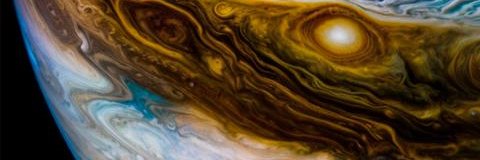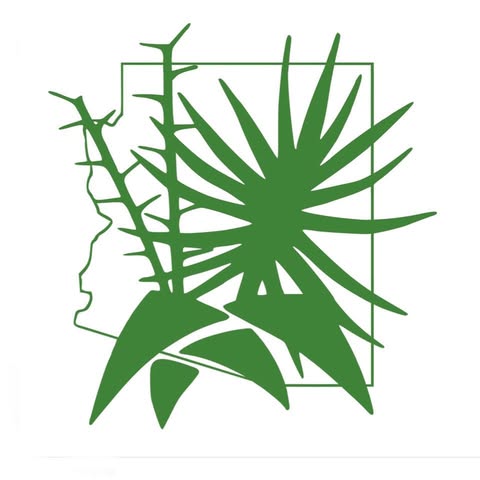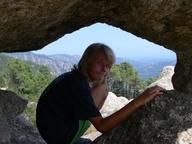
Planetary Science Institute
PSI is a private nonprofit dedicated to studying the origin, characteristics, and evolution of Earth, our Solar System, and planetary systems around other stars The Planetary Science Institute is a private nonprofit 501(c)(3) corporation dedicated to studying the origin, characteristics, and evolution of Earth, our Solar System, and planetary systems around other stars.

Founded
1986
4745
X (Twitter)
4849
Traffic
199070
Planetary Science Institute Planetary Science Institute Understanding Our Home World. and Beyond. Subscribe to the PSI Weekly Briefing Featured Cover Story Planetary Science Institute is researching the universe one world at a time including our home Earth. Planetary fun at the Tucson Festival of Books Volunteers from the Planetary Science Institute spent their weekend engaging people of all ages in planetary science at the Tucson Festival of Books which took place March 1516 at the Latest Press Releases With more than 100 researchers exploring planets near and far were pushing the boundaries of planetary science.
From Social media
News about from their social media (Facebook and X).
Data about organisation
Tucson
Organisations from Planetary Science Institute

99. The Arizona Native Plant Society
Check out our website at www.

101. Planetary Science Institute
The Planetary Science Institute is a private nonprofit 501(c)(3) corporation dedicated to studying the origin, characteristics, and evolution of Earth, our Solar System, and planetary systems around other stars.

102. THE MINI-TIME MACHINE, INC.
Step into a world where everything is smaller—but the magic is bigger.
Similar organisations
Similar organisations to Planetary Science Institute based on mission, location, activites.

TIME IN COSMOLOGY / TAKING UP SPACE
Investigations related to time, the universe, and STEAM.

Help co-create harmony among people and planet.
Similar Organisations Worldwide
Organisations in the world similar to Planetary Science Institute.

Explore your curiosity at Scitech, an engaging science discovery centre conveniently located in Perth.
Interesting nearby
Interesting organisations close by to residence of Planetary Science Institute

The Jewish outreach & education network of Southern Arizona, helping people live a meaningful life.

Church of Scientology Mission of Tucson
The official page of the Church of Scientology.

Codac Behavioral Health Services of Pima County
Improving Health, Transforming Lives.
Similar social media (9594)
Organisations with similar social media impact to Planetary Science Institute

Engaging and empowering fathers through goal-oriented programs.

58862. US International University Sports
The official Facebook Page of the U.

58863. Planetary Science Institute
The Planetary Science Institute is a private nonprofit 501(c)(3) corporation dedicated to studying the origin, characteristics, and evolution of Earth, our Solar System, and planetary systems around other stars.

Non-profit arthouse cinema organization popping up all over Metro Detroit.

58865. SME EDUCATION FOUNDATION
We inspire, prepare and support the next generation of manufacturing and engineering talent.
Similar traffic
Organisations with similar web traffic to Planetary Science Institute

85212. Foundation for Personality and Social Psychology Inc
SPSP promotes scientific research that explores how people think, behave, and interact.

85213. National Association of Scholars
NAS is a network of scholars and citizens united by a commitment to academic freedom.

85214. Planetary Science Institute
The Planetary Science Institute is a private nonprofit 501(c)(3) corporation dedicated to studying the origin, characteristics, and evolution of Earth, our Solar System, and planetary systems around other stars.

Guiding and empowering healthier lives for everyone.
Join us and make a difference for the future!
Sign Up
Please fill in your information. Everything is free, we might contact you with updates (but cancel any time!)
Sign in with GoogleOr
Good News
Exciting news for art lovers! Philadelphia's masterpieces have a new home at Woodmere Museum, showcasing the incredible talent of local artists in a space designed just for them! 🎨✨ #ArtForAll #GoodNews
Philadelphia's 'great masterpieces' find a new home in Woodmere Museum's Frances M. Maguire Hall
The Philadelphia Inquirer
Like Comment"Great to see leaders like Lt. Gov. Billy Nungesser emphasizing the importance of open elections! It's truly inspiring how a strong election system can unite communities, especially in times of division. Let's keep the trust flowing! #GoodNews #CommunityUnity"
Lt. Gov. Billy Nungesser: If it ain't broke, don't fix it. Keep elections open and trust the people
NOLA
Like CommentGreat news in cancer treatment! 🎉 GSK's Blenrep has received FDA approval for use alongside bortezomib and dexamethasone to help adults with multiple myeloma. This is a significant step forward in providing better options for patients! 💪💖 #HealthCare #CancerAwareness
GSK's Blenrep gains FDA approval for myeloma treatment
Yahoo
Like Comment










